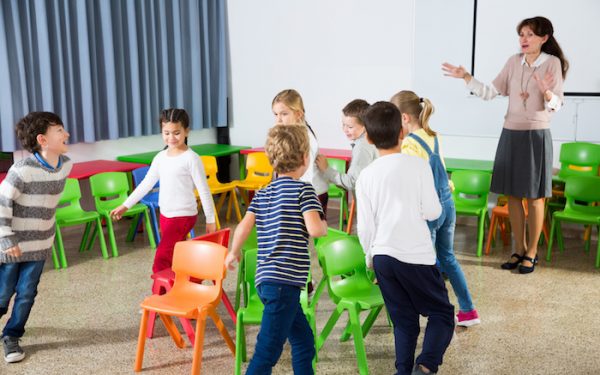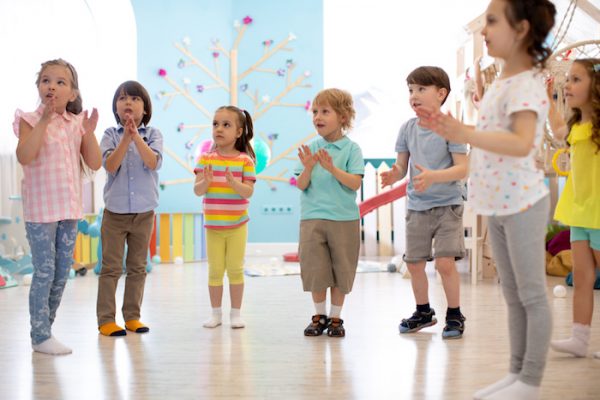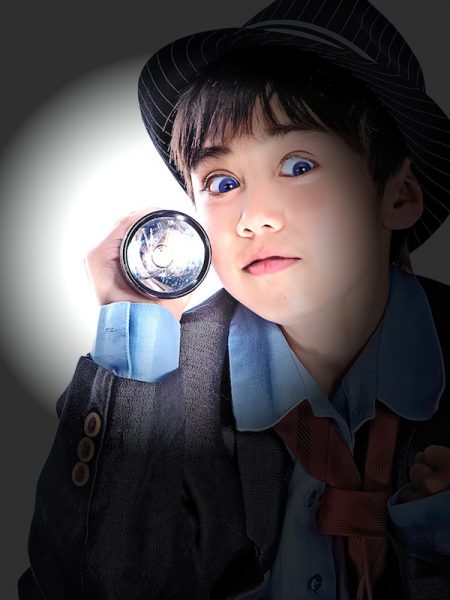Stick Dance is a lively and interactive group game for kids that combines music, movement, and social interaction. Perfect for birthday parties, school events, and indoor gatherings, this party game keeps everyone engaged with quick partner swaps, laughter, and a unique twist—dancing with a stick when you’re left without a partner. It’s a fantastic icebreaker that builds energy and excitement right from the start.
Game Sheet
Before you start, here’s a quick overview of what you need to set up the Stick Dance game:
- Number of players: 7 or more (works best with an odd number)
- Ages: From 6 years old
- Setting: Indoors
- Supplies needed: Upbeat music and a broom or long stick
- Play time: About 20 minutes
This setup ensures the game runs smoothly and keeps everyone active and entertained.
Up the energy and turn downtime into fun with our classic interactive Musical Chairs party game for kids, ideal for group activity at parties or school events.
How to Play Stick Dance
The rules are simple and easy to follow, making it ideal for kids of all ages.
- Player Setup: Form pairs, leaving one child without a partner. This player dances with the stick instead.
- Music Control: Assign one person to start and stop the music at random times.
- Dance Rotation: Everyone dances with their partner until the music stops.
- Partner Switch: When the music stops, players quickly find a new partner. The one left out dances with the stick.
- Repeat: Restart the music and continue the cycle, with partners changing each round.
The constant switching keeps the energy high, while the “stick dancer” moment adds humor and creativity to the game.
Get the party popping with our exciting and interactive Balloon Burst challenge for kids, perfect for high-energy fun during birthdays or summer gatherings.
Fun Variations for Extra Excitement
Adding variations helps keep the game fresh and challenging:
- Speed Variation: Stop the music more frequently for faster partner changes.
- Themed Music: Match music styles to a party theme for extra fun.
- Partner Rules: Add rules like choosing a partner based on a specific criterion.
- Team Play: Compete in teams to see which group can coordinate best.
- Musical Chairs Twist: Remove pairs each round until only one pair remains.
These twists make Stick Dance replayable and adaptable to any group size or age range. Bring excitement to your next party with this delightful Pass the Parcel game for kids, a classic gift-unwrapping challenge loved at birthday celebrations and indoor events.
Why Kids Love the Stick Dance Party Game
Children are naturally drawn to games that combine movement, music, and a bit of silliness. Stick Dance offers all of that, plus:
- The excitement of quick partner changes
- The creativity of dancing with the stick
- The unpredictability of when the music will stop
This combination ensures constant engagement and plenty of laughs. Spice up your party with our energetic Musical Grab Bag game for kids—a merry mix of rhythm, surprise prizes, and fast-paced fun perfect for group play.
Educational Benefits of Stick Dance
Beyond the fun, Stick Dance supports child development in multiple ways:
- Social Skills: Frequent partner changes encourage communication and teamwork.
- Quick Thinking: Players must react instantly when the music stops.
- Coordination and Rhythm: Dancing to the beat develops motor skills.
- Listening Skills: Players stay alert for musical cues.
- Inclusivity: Works with odd player counts so no one is left out.
- Creativity and Self-Expression: Kids invent their own moves and styles.
These benefits make Stick Dance not just entertaining but also a valuable learning activity.
Need more energizing fun? Explore our full collection of musical games for kids—active and rhythm-based challenges perfect for parties, classrooms, or family gatherings.
Perfect for Any Occasion
Whether you’re looking for an indoor birthday party game, a fun classroom break activity, or a group icebreaker, Stick Dance is easy to organize, requires minimal materials, and guarantees laughter for everyone involved.
For even more immersive play, check out our ready-to-play treasure hunt, mystery, and escape room kits for kids on Treasure Hunt 4 Kids—PDF adventures designed for ages 4–12, perfect for birthdays, family fun, and classroom activities.






